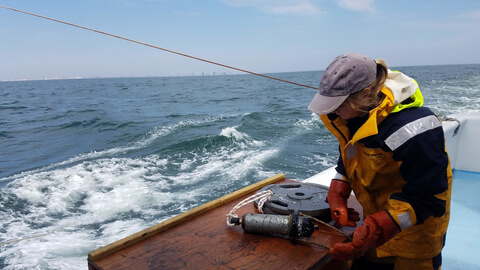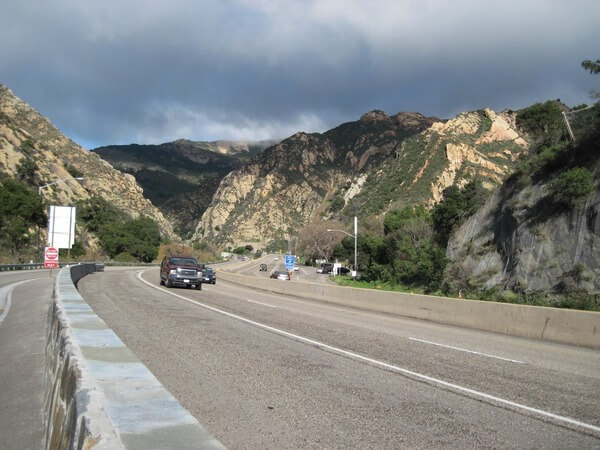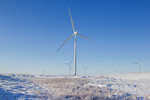News Release from windfair.net
Wind Industry Profile of
Offshore Wind Farms like 'Highway Service Stations'?
The US have so far been reluctant to build offshore wind farms, even though large parts of the east coast are already determined to be potential construction sites. The question of jeopadizing local flora and fauna is a major bone of contention, as fishermen see their livelihoods threatened by the wind farms, while conservationists fear for the flora and especially the fauna.
Researchers at the University of Maryland are now coming to the conclusion that an offshore wind farm can certainly have positive effects. The University's research focused on the endangered Atlantic sturgeon and the striped bass, which is important for fishing. For these species, the coastal shelf off the states of Delaware, Maryland and Virginia serves as an important 'migration route' in spring and autumn. The area then serves the shoals of fish - similar to migratory birds - as a stopover between their feeding and breeding grounds.
The authors of the new study suppose that the development of wind farms on the DelMarVa coastal shelf, 17-26 miles off the coast of Ocean City, Maryland, could change the migratory behavior of these fish, as new wind turbines create a habitat in this otherwise featureless region where the fish might like to stay longer.
Studies within the Maryland Wind Energy Area - the waters of the coastal shelf leased by the Bureau of Ocean Energy Management (BOEM) for offshore wind farms - show that the Atlantic sturgeon and striped bass are frequent visitors to this territory. Seasonal trends suggest that the wind energy area lies within an important migration corridor for both species. The Atlantic sturgeon was most frequently observed moving through the area in spring and autumn, while the striped bass is more likely to migrate in spring and winter.
The construction of an offshore wind farm initially generates noise and increased activity in the area, which can disturb the typical behaviour of the animals. However, the low occurrence of these important fish species during the summer months indicates a possible window of opportunity for the construction of the turbines where the impact could be minimised.

Ellie Rothermel from the University of Maryland configures a sound receiver before it is released into the sea again (Image: University of Maryland)
“Scientists have learned a lot about the Atlantic sturgeon and striped bass’ seasonal patterns of habitat selection within spawning rivers, estuaries, and shelf foraging habitats,” says study author Ellie Rothermel, who recently received her master’s degree from the University of Maryland Center for Environmental Science. “During these times, we know where the fish are likely to be and when to expect them there, but information on the location and timing of key coastal migrations is limited. Coastal waters have been largely inaccessible to scientists."
The prospect of offshore wind energy has fundamentally changed that. Thus BOEM has supported the preparation of the study in order to be informed in advance about the effects of wind farms.
A result of the study is now available: The future offshore wind farm in Maryland could, according to one assumption, become a stopover for the fish, where striped bass and Atlantic sturgeon stay longer. The DelMarVa coastal shelf is by nature a relatively barren area. However, the construction of wind turbines anchored to the seabed would create a structure on the seabed around which fish could gather and stop during migration. In addition, mussels and other small animals accumulate at the foot of the turbines, as has already been shown in European studies.

Highway service area: Stop, take a break, eat a little something (Image: Pixabay)
“To extend the highway travel metaphor, the wind farm that will be built in the area off-shore from Ocean City may become a ‘rest stop’ where fish and sharks can grab a bite to eat and take a break before resuming their travels,” says study co-author Dave Secor of the University of Maryland Center for Environmental Science.
This would mean that the wind farms would not only ensure rapid progress in the energy transition, but also provide for the well-being of the animal and plant world at the same time.
- Author:
- Katrin Radtke
- Email:
- press@windfair.net
- Keywords:
- offshore, USA, fish, migratory, effect, are, research, University of Maryland, diversity, comparison, shelf, BOEM






